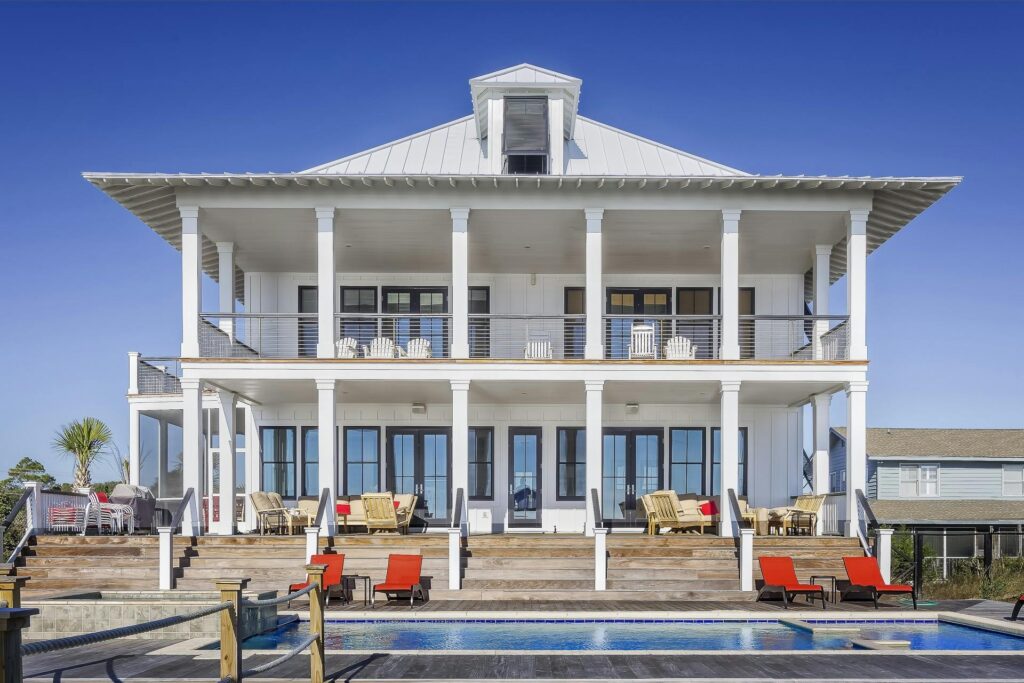When it comes to real estate, the age-old mantra “location, location, location” holds more truth than ever. While the size, style, and price of a property are important, the location often determines its true value and livability. Choosing the right neighborhood can impact your quality of life, financial investment, and long-term happiness. Here’s why location matters and how to find the perfect neighborhood for your needs.
1. Proximity to Essentials
One of the most critical aspects of choosing a location is its proximity to essential services and amenities. Think about how close the neighborhood is to:
- Schools and Educational Institutions: Families with children often prioritize access to quality schools. Researching school ratings and considering future needs can save time and stress later.
- Healthcare Facilities: Easy access to hospitals, clinics, and pharmacies is vital for emergencies and routine health needs.
- Shopping and Groceries: Having grocery stores, supermarkets, and shopping centers nearby adds convenience to your daily life.
- Workplace: A short commute can significantly improve your work-life balance and reduce stress.
Evaluate how these factors align with your daily routine and long-term goals to narrow down potential neighborhoods.
2. Safety and Security
The safety of a neighborhood is often the top concern for homebuyers and renters alike. Living in an area with a low crime rate contributes to peace of mind and a better sense of community. Research crime statistics online or speak with local law enforcement to gain a clearer understanding of the area’s safety.
- Look for well-lit streets and active neighborhood watch programs.
- Visit the area at different times of the day to assess its environment.
3. Future Growth Potential
Neighborhoods that are in the early stages of development or revitalization can offer significant financial benefits. Investing in such areas may mean your property value appreciates over time as the neighborhood grows and improves. Signs of growth include:
- New infrastructure projects, such as roads, parks, and public transportation.
- Upcoming retail spaces, restaurants, or entertainment venues.
- Plans for new schools, community centers, or recreational facilities.
However, be cautious of neighborhoods that show signs of overdevelopment, as this can lead to congestion and strain on local resources.
4. Lifestyle and Community
The right neighborhood should align with your lifestyle and preferences. Think about what’s important to you:
- Quiet vs. Vibrant: Do you prefer a serene suburban setting or the hustle and bustle of an urban environment?
- Outdoor Activities: Are you looking for parks, trails, or recreational areas for outdoor fun?
- Community Feel: Some neighborhoods have strong community ties, with regular events and friendly neighbors, while others may feel more private.
Spend time in the neighborhood to get a sense of the vibe. Visit local cafes, parks, or community events to interact with residents and gauge if it’s the right fit for you.
5. Access to Public Transportation
Convenient access to public transportation can make life easier, especially in cities where driving isn’t always practical. Reliable transit options can also increase property value. Check for:
- Proximity to bus stops, train stations, or subway lines.
- Availability of bike lanes or walkable pathways for eco-friendly commuting.
6. Cost of Living
The overall cost of living in a neighborhood can vary significantly, even within the same city. Factors to consider include:
- Property taxes and utility rates.
- HOA (Homeowners Association) fees, if applicable.
- Average prices for goods and services in the area.
Choose a neighborhood that fits your budget while offering the amenities and lifestyle you desire.
7. Resale Value and Investment
The location of your property plays a significant role in its resale value. Homes in desirable neighborhoods tend to sell faster and at higher prices. Even if you’re not planning to sell soon, considering the investment potential can protect you from future financial loss.
Tips for Researching Neighborhoods
- Online Tools: Use real estate websites, neighborhood guides, and mapping tools to explore locations.
- Visit in Person: Spend time walking or driving through the area to get a firsthand impression.
- Talk to Locals: Current residents can provide insights about the neighborhood’s strengths and weaknesses.
- Check Zoning Laws: Ensure the neighborhood’s zoning aligns with your plans, especially if you’re considering renovations or building.
Conclusion
Finding the perfect neighborhood is just as important as finding the right home. A great location enhances your daily life, supports your lifestyle, and safeguards your financial investment. By carefully evaluating proximity to essentials, safety, growth potential, lifestyle compatibility, transportation, cost of living, and resale value, you can make a well-informed decision that meets your needs today and in the future. Take your time, do your research, and trust your instincts — your perfect neighborhood is out there waiting for you!
